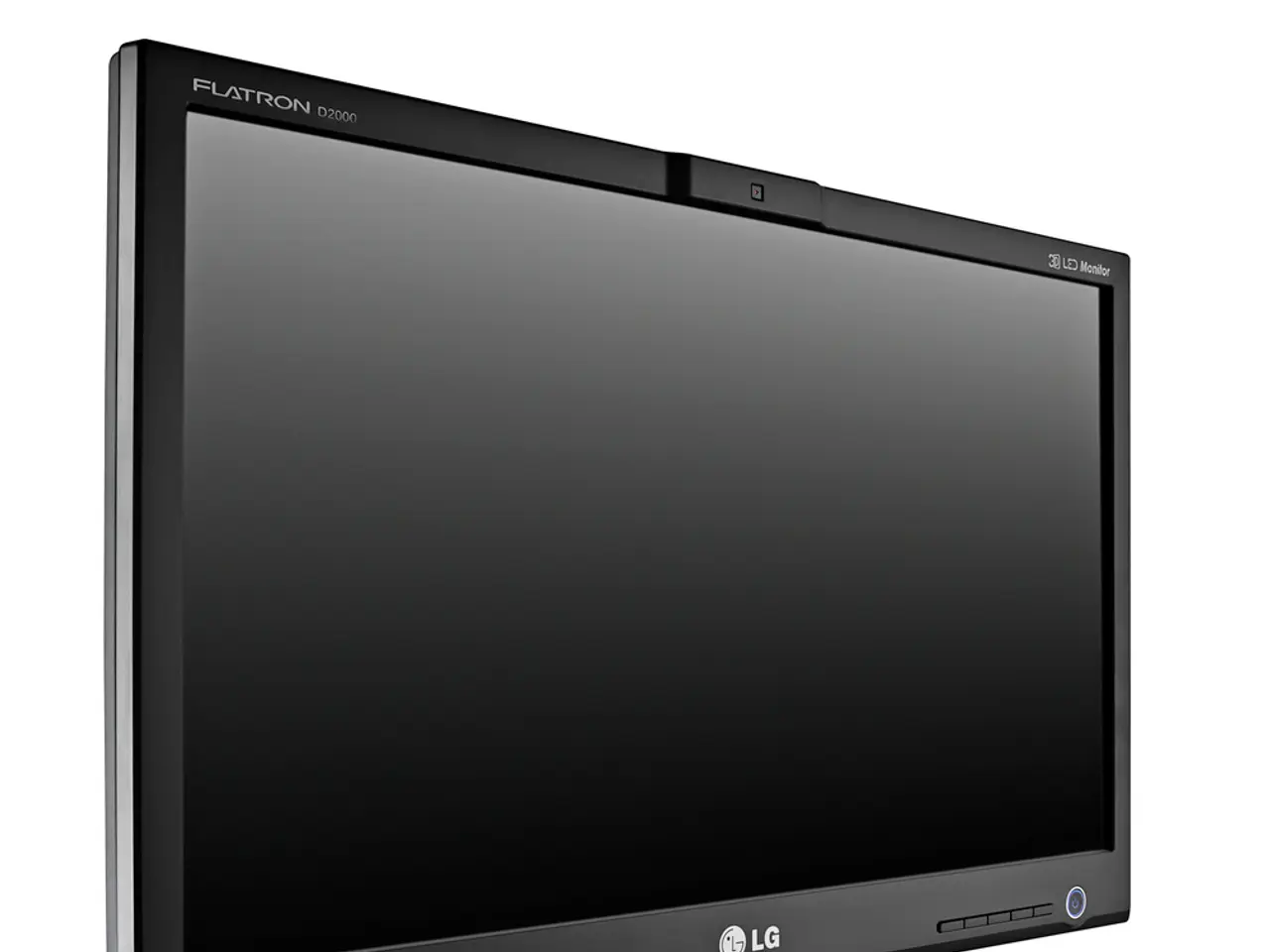Setting Up Home Recording for Electric Guitar: A Basic DIY Studio Tutorial
In the realm of music production, electric guitars have become a staple instrument in home studios. With the right techniques and equipment, capturing high-quality electric guitar recordings is straightforward.
For microphone-based recording, dynamic microphones like the Shure SM57 are industry-standard. Their focused midrange response, durability, and ability to handle loud guitar amps make them ideal for this purpose. Place the mic close to the speaker cabinet, starting near the speaker cone's edge and adjusting position to capture the desired tone. Moving closer to the cone yields a brighter sound, while further off-axis placements soften the tone. Experimenting with angle and distance is key to capturing the amp’s raw energy and natural harmonics.
Using a DI box lets you record a clean, direct guitar signal straight into your audio interface. A buffered splitter pedal or DI box can send one signal to the amp and one directly to your interface simultaneously, enabling you to record a backup dry track alongside the mic’ed amp sound. This approach future-proofs your recordings, allowing later re-amping or processing with amp simulation plugins.
Amp simulation software offers highly realistic virtual cabinets, amplifiers, and effects to shape your guitar tone without relying solely on physical amps or mics. IR (Impulse Response) packs emulate speaker cabinets’ acoustics and are ideal for quiet home recording environments, providing hundreds of tonal options at your fingertips. Advanced hardware like the Two Notes Torpedo Live loadbox combines amp simulation, speaker cabinets, and microphone placement modeling for professional-quality silent recording.
In summary, using a dynamic mic like the Shure SM57 placed carefully near the amp speaker for authentic amp tone, recording a parallel DI track using a quality DI box or buffered splitter for later re-amping and tonal flexibility, and utilising amp simulation software and IRs to experiment with tones silently and expand your sonic palette is the best approach to high-quality electric guitar tracking in a home studio.
Recording electric guitar is an essential skill for the home studio. When recording with two microphones, one should be placed in front of the speaker and one behind, and the phase of the rear microphone should be inverted before recording. If recording guitar through an amp with lots of other instruments in the same room, use a cardioid microphone to minimize the spill. Recording the amp in isolation is the preferred option for best results.
Remember, capturing great electric guitar recordings will improve your music productions. Electric guitars can be used as a vocal accompaniment, main lead instrument, or to create textured layers. Changing the direction of the microphone can change the tone of the recording. So, experiment, learn, and create your unique sound. Happy recording!
- The Shure SM57 dynamic microphone, often used in music production, is a popular choice for recording electric guitars due to its focused midrange response, durability, and ability to handle loud guitar amps.
- A solution for capturing a clean, direct guitar signal is by using a DI box or a buffered splitter pedal, which sends one signal to the amp and one directly to your audio interface for a backup dry track.
- Amp simulation software, such as those offering highly realistic virtual cabinets, amplifiers, and effects, can be used to shape your guitar tone without relying on physical amps or microphones, providing hundreds of tonal options.
- IR packs, emulating speaker cabinets' acoustics, are ideal for quiet home recording environments and can be used with amp simulation software for a wide range of tonal options.
- In a home studio, using a dynamic mic, recording a parallel DI track, and utilizing amp simulation software and IRs can lead to high-quality electric guitar tracking by capturing authentic amp tone, providing tonal flexibility, and experimenting with silent tones.
- When recording electric guitar, placing one microphone in front of and one behind the speaker, inverting the phase of the rear microphone, and recording the amp in isolation can yield the best results.
- Investing time in developing electric guitar recording skills, experimenting with microphone positions, and utilizing technology like DI boxes, amp simulation software, and IR packs can significantly improve the quality of your music productions and contribute to your unique sound in the realm of music entertainment and lifestyle.




